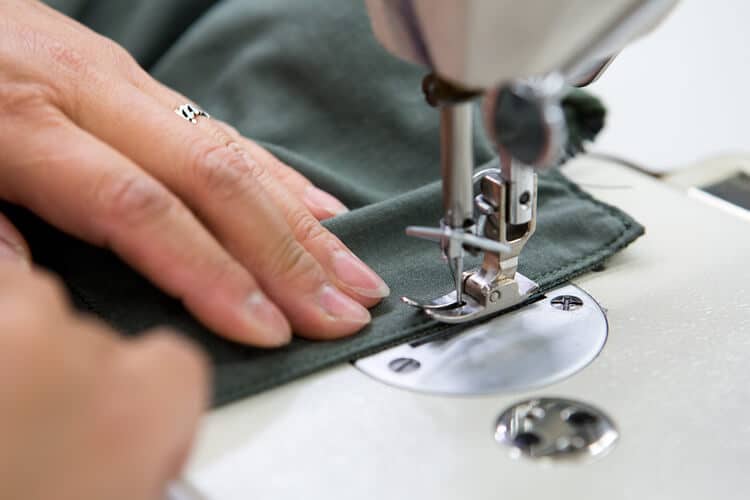3 Surprising Uses for Industrial Sewing

You already know that industrial sewing can be used for all kinds of applications, from creating military-grade fuel bladders to sewing bags used during flights into space. Uses for industrial sewing don’t stop there–here are three of the most surprising.
Industrial Sewing Can Be Used to Make Art
Installation art often begins with an idea, designed by an artist, that is up to manufacturers like Vinyl Technology, to execute. This is true for at least one version of Jeff Koons’s famous Rabbit sculpture. One version of his sculpture was created by Koons but implemented and given shape by an industrial sewing company. Koons’s work frequently invokes whimsical balloon animal shapes, but the nature of installation art is that it is expected to last a long time. A balloon animal made out of the simple rubber material of children’s toys simply would not work. Using industrial sewing, Koons’s work can stand the test of time and remain just as it was when originally designed for generations to come.
Industrial Sewing Can Be Used to Make Textile Buildings
Buildings made out of fabric are nothing new–people have been using textiles to create tents and other structures for most of human history. Technology has created even more varieties of fabric structure with the invention of air-filled buildings kept aloft purely by air pressure. Some industrially-sewn buildings use tensile skeletons to provide the structure and shape while textiles provide the weather-proofing.
Industrial fabric structures are incredibly useful for temporary storage of all sorts of goods including raw materials and machinery in a wide range of sizes. These structures can be used to provide additional space above an existing building or an area that requires additional room. They can also serve as a cover during construction or cleanup on any industrial site. The fact that the air-filled design does not require support adds to its versatility and makes it ideal for many applications.
Industrial Sewing Can Be Used to Make Clothes
We often talk about how industrial sewing is used to make fabric products of all kinds except clothes, but that’s a generalization we use to make the distinction between what Vinyl Technology does and what one normally associates with manufacturing fabrics. While that is mostly true, there are a few varieties of garment that is created with industrial sewing.
The two most common types of industrially-sewn clothes are hazmat suits and medical-grade PPE (personal protective equipment). A hazmat suit (like the DPE created by Vinyl Technology) is made to the specifications of each particular deployment, but most often consists of laminated fabric like cotton coated in protective chemicals and heat sealed or rf-bonded plastic.
PPE is similarly designed to be both protective and watertight, as medical personnel are often exposed to harmful fluids that carry with them the danger of contamination. No matter what level of PPE is needed, industrial sewing is perfectly suited to making clothes that can protect the wearer from a hazardous environment.
Industrial sewing companies are often contracted for this type of application because of their exacting standards, attention to minute detail, and product testing. When lives are on the line, it pays to be precise.
If you’d like to learn more about what Vinyl Technology can do for your company’s needs, get in touch with us today.
